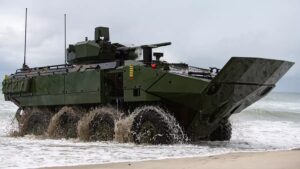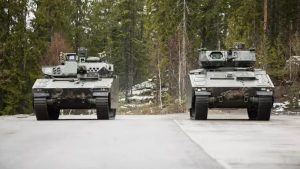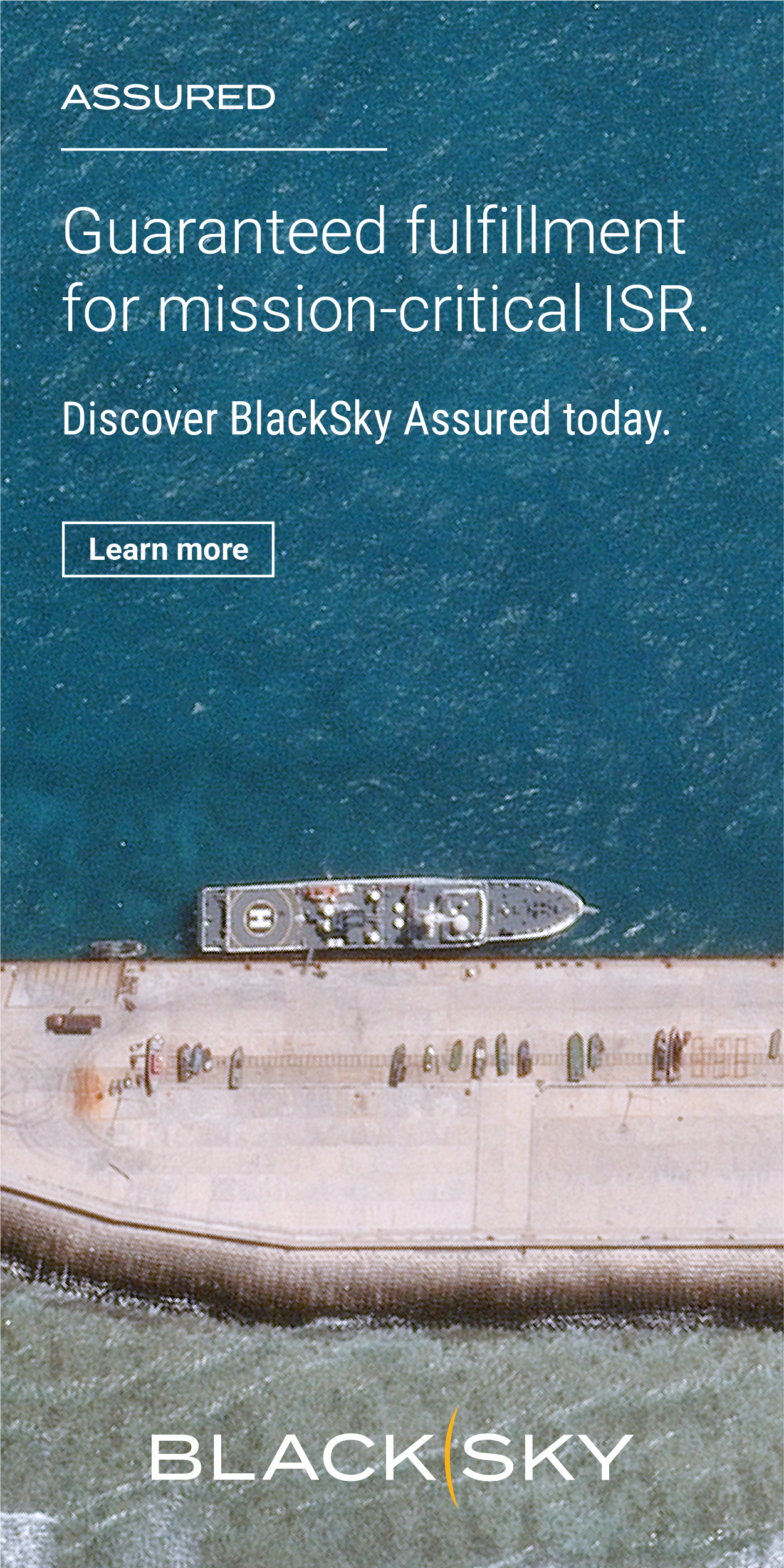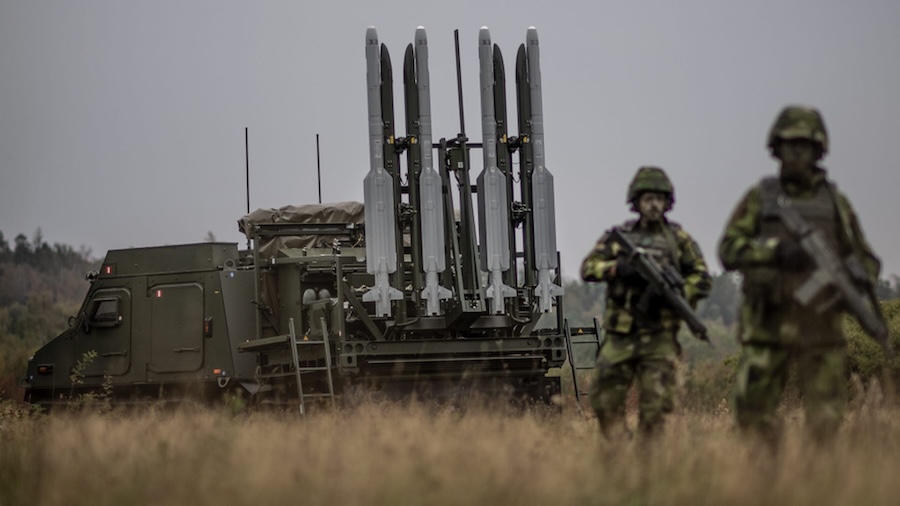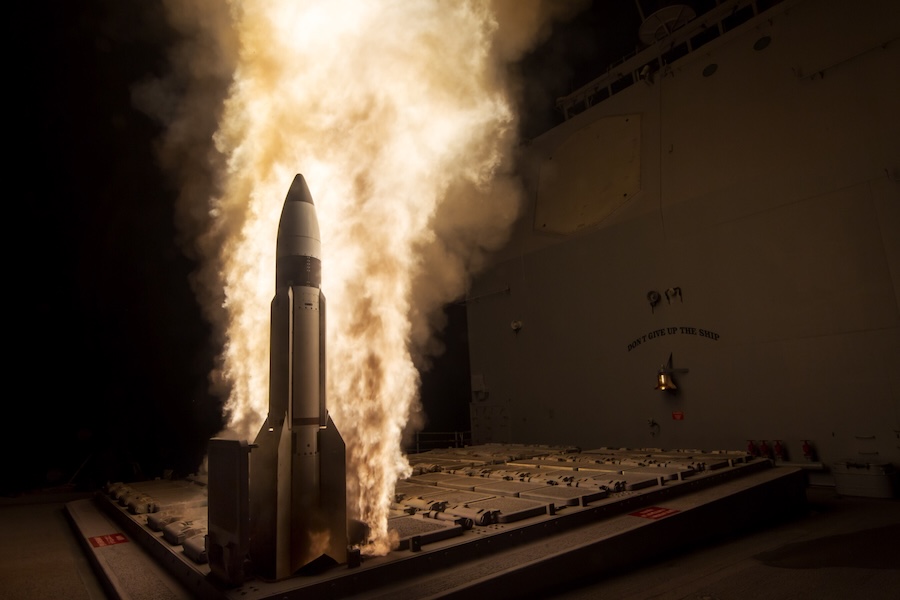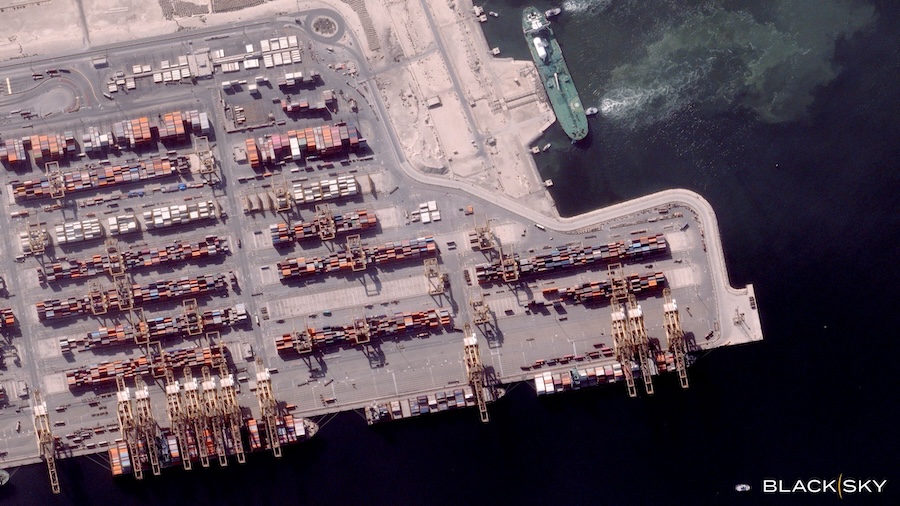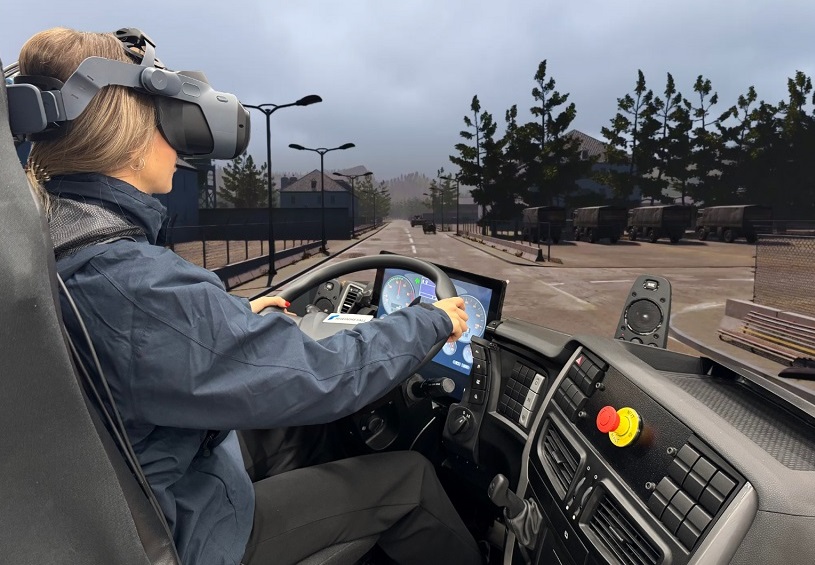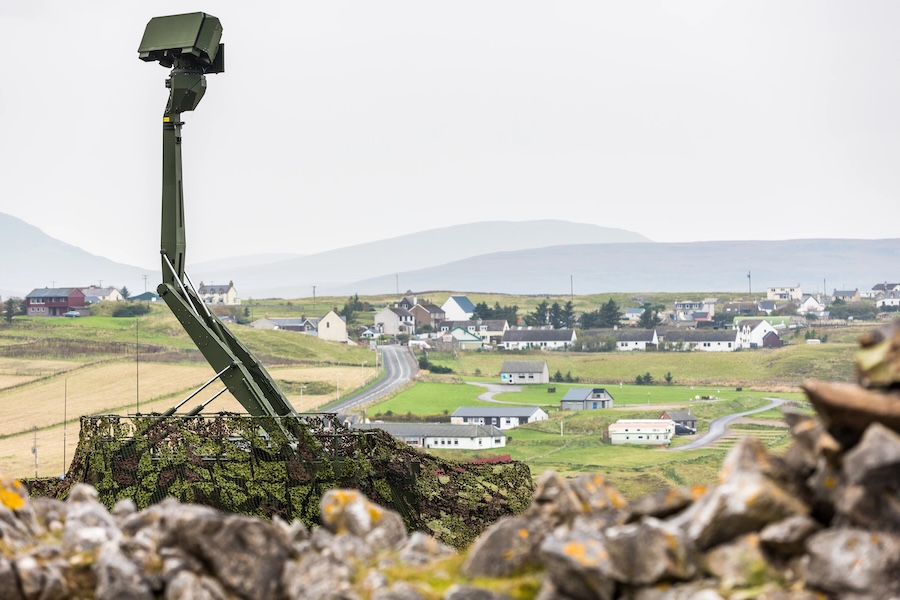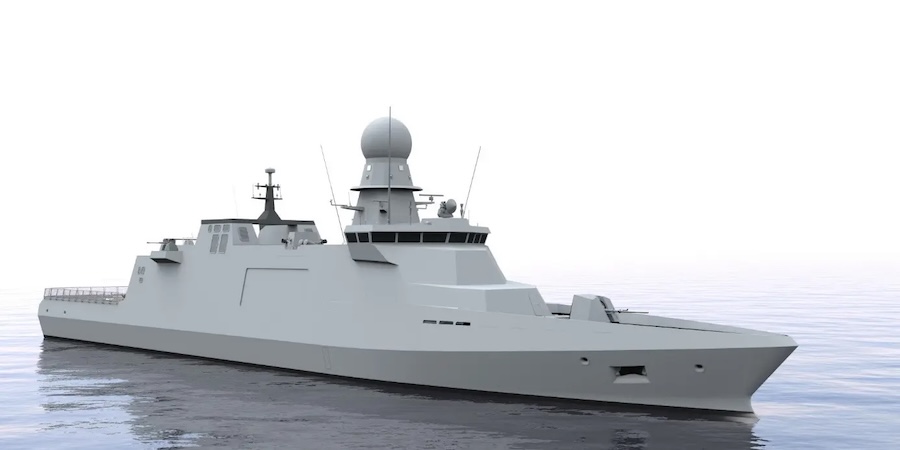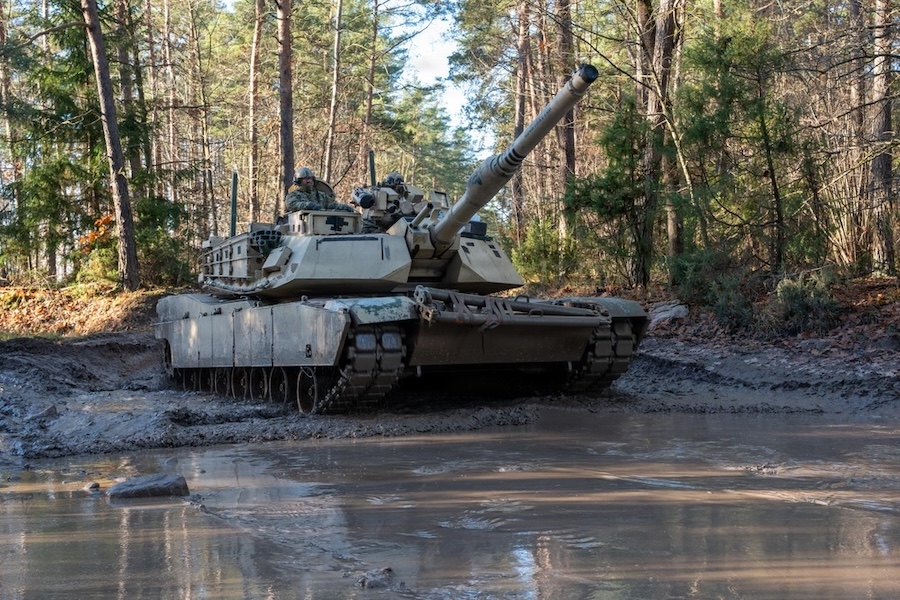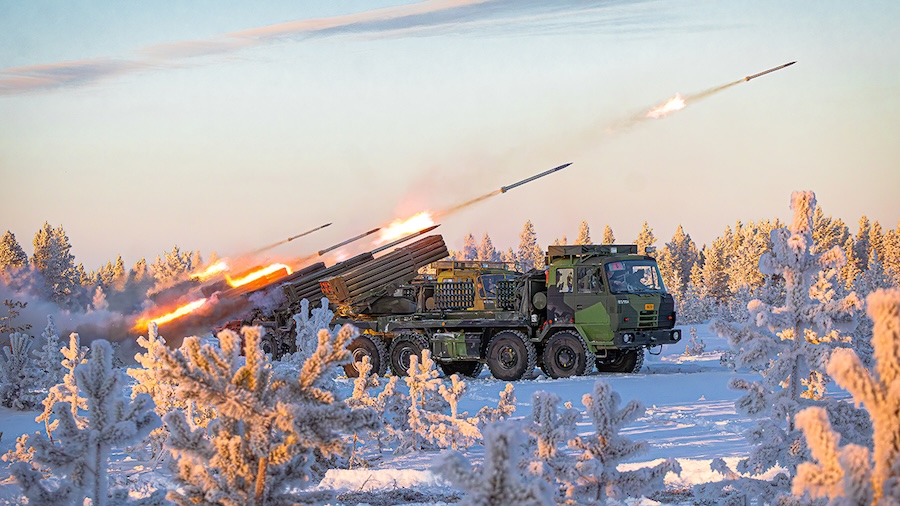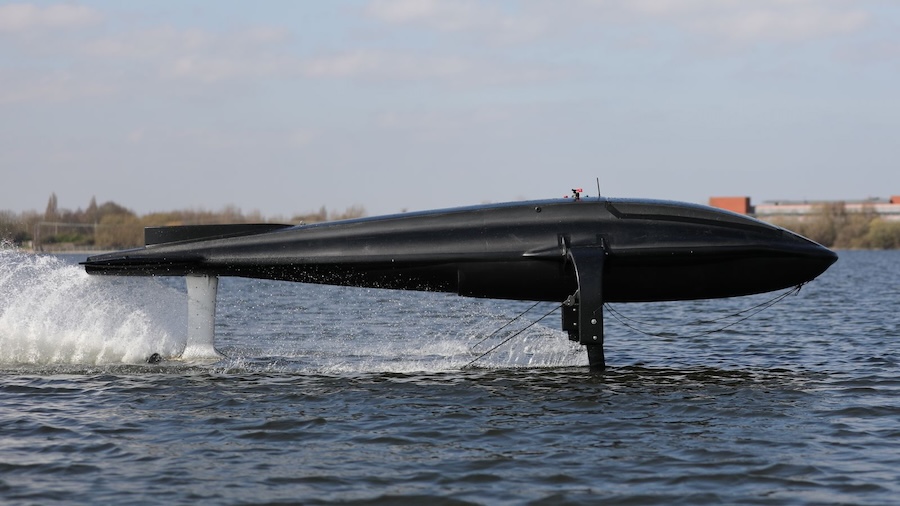The NCL serves as a central hub for hosting geospatial intelligence (GEOINT) and operational frameworks. Through NERVE, capabilities previously reliant on physical locations will migrate to a modern software architecture, allowing NGA analysts to process and access large volumes of data more efficiently, regardless of their location.
The upgraded system will provide faster data dissemination and integrate advanced GEOINT capabilities, including sensor integration within the cloud-based content management system. These enhancements will improve the flow of data to support predictive analytics and enable timely decision-making for the Department of Defense (DOD) and the Intelligence Community.
“This upgrade is crucial given the high volume of critical data entering the NSG workflow,” said Meg Redlin, Product Line Director for Mission Systems at BAE Systems. She emphasised that NERVE ensures data reaches the right users at the right time, enhancing operational efficiency and sustaining critical geospatial intelligence.
With over 25 years of expertise in data analytics, BAE Systems will bring advanced, intuitive, and automated solutions to the project. These capabilities are designed to improve mission effectiveness while integrating seamlessly with enterprise applications.
Work under the NERVE programme will be conducted at BAE Systems facilities in San Diego, Rome (New York), and Reston (Virginia), as well as NGA sites in St. Louis and Washington, D.C. Major cloud deployments are already underway and will continue throughout the project’s duration.
Read more:
Combitech partners with Patria to provide advanced electronic intelligence software
Lockheed Martin launches Astris AI to advance secure artificial intelligence solutions
Defense Intelligence Agency (DIA) releases nuclear challenges intelligence overview








